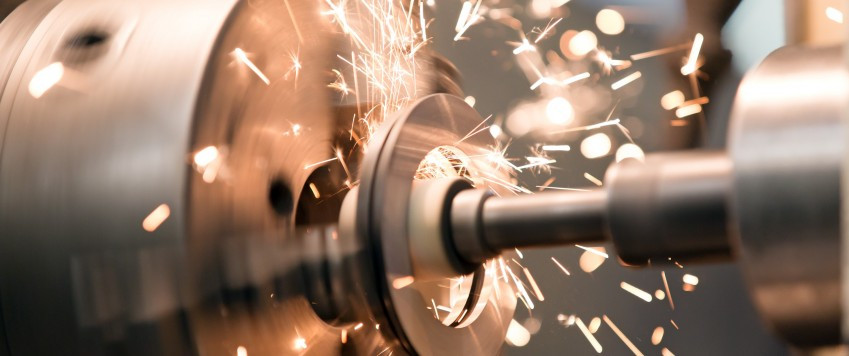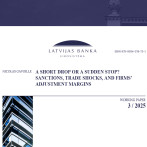Economic Growth Gathers Momentum

Fuelled by increasing wages (by 7.2% over the year), decreasing unemployment and improving consumer sentiments, private consumption and services have respectively acted as primary drivers of the economy. Moreover, for the first time in two years, the investment growth has also become positive in year-on-year terms, primarily on account of private sector investment recovery, partly translating into stronger construction sector dynamics as well. With exports of goods reaching ever higher levels, the year started well for the manufacturing sector, which surprised with positive attainments already in the previous year.
However, the accelerated economic growth brings the issue of growth sustainability into the focus. Drawing a parallel between growth and marathon, the pacing strategy is what matters most: starting the race too quickly will be exciting for the crowd, while your coach may start to worry. One who is going full speed and is a lead in the first kilometre of the race almost never turns out a winner of the whole distance. The same is true about the economy: if structural factors underpinning growth turn out insufficient, it will have to reduce the speed at the next stage. To preserve a fast pace in the long run, fitness or potential of the economy should be boosted by structural reforms in education, health care and other sectors, including also legal and business environment.
Even though in the previous year the Latvian economy lagged somewhat behind its potential [1], this year situation is likely to be different. Unemployment does not exceed its natural rate and the current slowdown is more dynamic than usually. Wages, on the other hand, have been rising slightly more than productivity for a couple of years now, with the labour income share coming closer to the EU average (so far without any essential negative impact on competitiveness which, albeit, cannot last for ever). Likewise, the share of businesses referring to labour shortages as an essential drag on their activity grew somewhat. Consequently, future growth at the expense of cyclical component seems to be temporary, and, to maintain equally fast growth or even speed it up in the longer run, reforms are needed. If we opt to rely solely on the effects from cyclical expansion (including also those from inflows from the EU Funds) and neglect the need for structural reforms, the observed acceleration of economic growth is unfortunately most likely to be short-lived.
Without structural reforms, there is little hope the GDP growth will accelerate in longer term, a 4% or faster GDP increase in the short term notwithstanding.
[1] The assessment of output gap in an economy belongs to the issues in which different methods may produce different outcomes so that each researcher may argue in favour of his numbers. However, averaging the results over different methods, researchers and international institutions, the outcome for 2016 is close to zero, i.e. actual GDP is similar to its potential.
Textual error
«… …»






